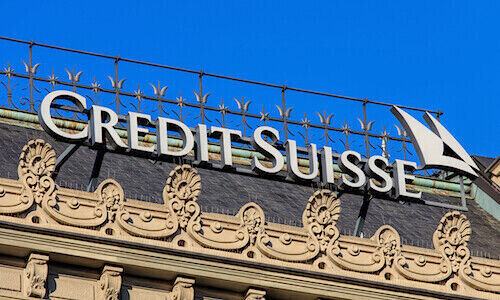Credit Suisse Faces US Jury Over Alleged FX Rigging
A US jury is reviewing claims about participation in a conspiracy to rig currency markets by Credit Suisse, the last remaining bank defendant in the case.
Credit Suisse is being accused of conspiring with the other leading banks between 2007 and 2013 to rig prices in FX markets, according to a «Reuters» report citing the Manhattan federal court trial which began on October 11.
The class action lawsuit first began in 2013 and Credit Suisse is now the last standing bank defendant in the case. 15 other lenders previously reached a $2.3 billion settlement, including Citi, UBS, Barclays, JPMorgan, HSBC and Deutsche Bank. Regulatory investigations on the matter also led to more than $10 billion in fines for several banks alongside the conviction or indictment of some traders.
Chat Rooms
According to Christopher Burke, the lawyer for the pension funds suing the Swiss lender, there was a «culture of collusion» at Credit Suisse, citing chat room transcripts showing traders sharing non-public information about spreads. Burke also urged jurors to find that the bank engaged in a single conspiracy with 15 banks over six years.
But defense lawyer Herbert Washer said that the two chat rooms with banks that admitted to crimes did not involve participation from Credit Suisse traders. He said there was no evidence that Credit Suisse ever acted on the chats and also noted that the FX market was too big to be manipulated by a small group of traders in chat rooms.
«Where's the proof that this was more than talk?» Washer said. «Credit Suisse wanted to shake things up. They wanted to take customers away from the other banks. Credit Suisse wasn’t conspiring. It was competing.»
The jury will resume deliberations on Thursday.
RMBS Settlement
Credit Suisse is one week away from unveiling its strategic review and reassuring investors about its capital strength before a potential restructuring.
The latest legal troubles follow an agreement by Credit Suisse to pay $495 million earlier this week to settle a US lawsuit involving transactions linked to more than $10 billion of residential mortgage-backed securities before 2008.



























